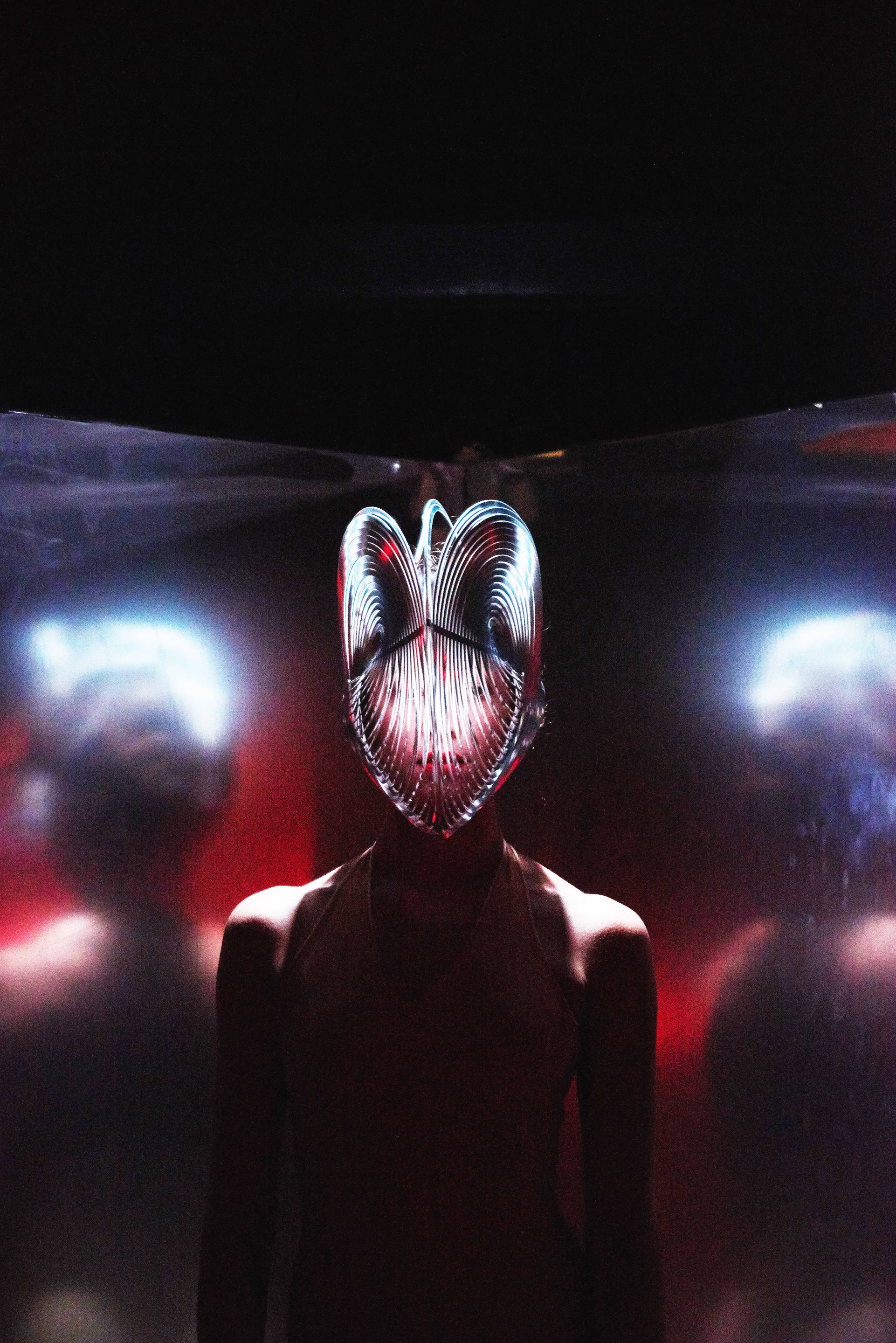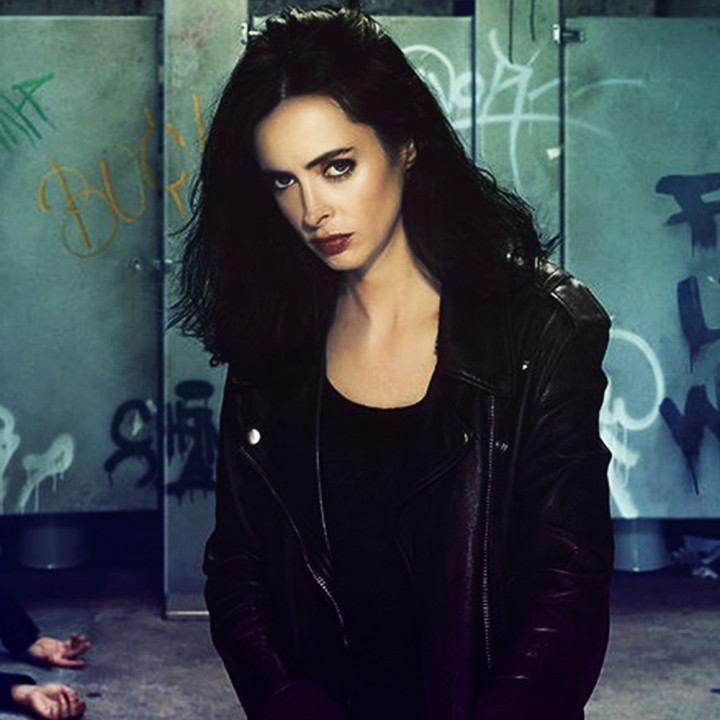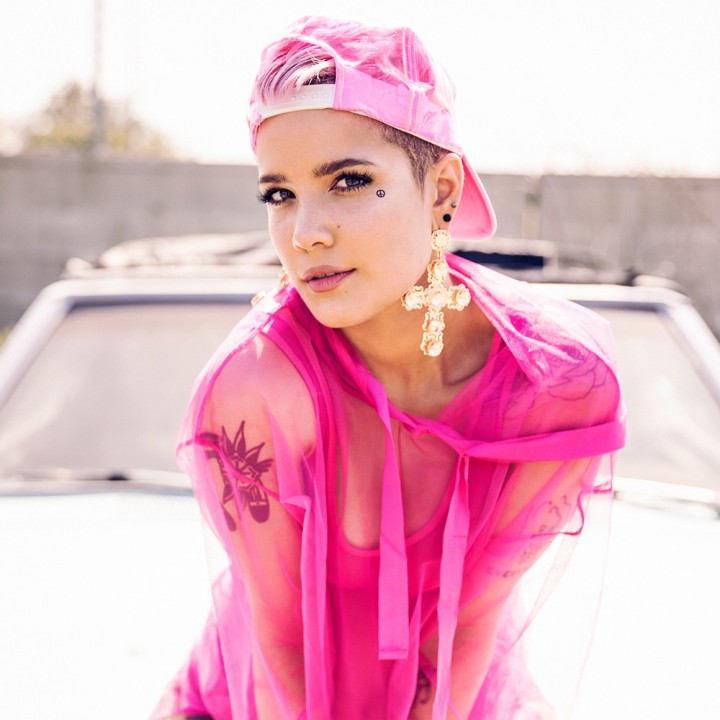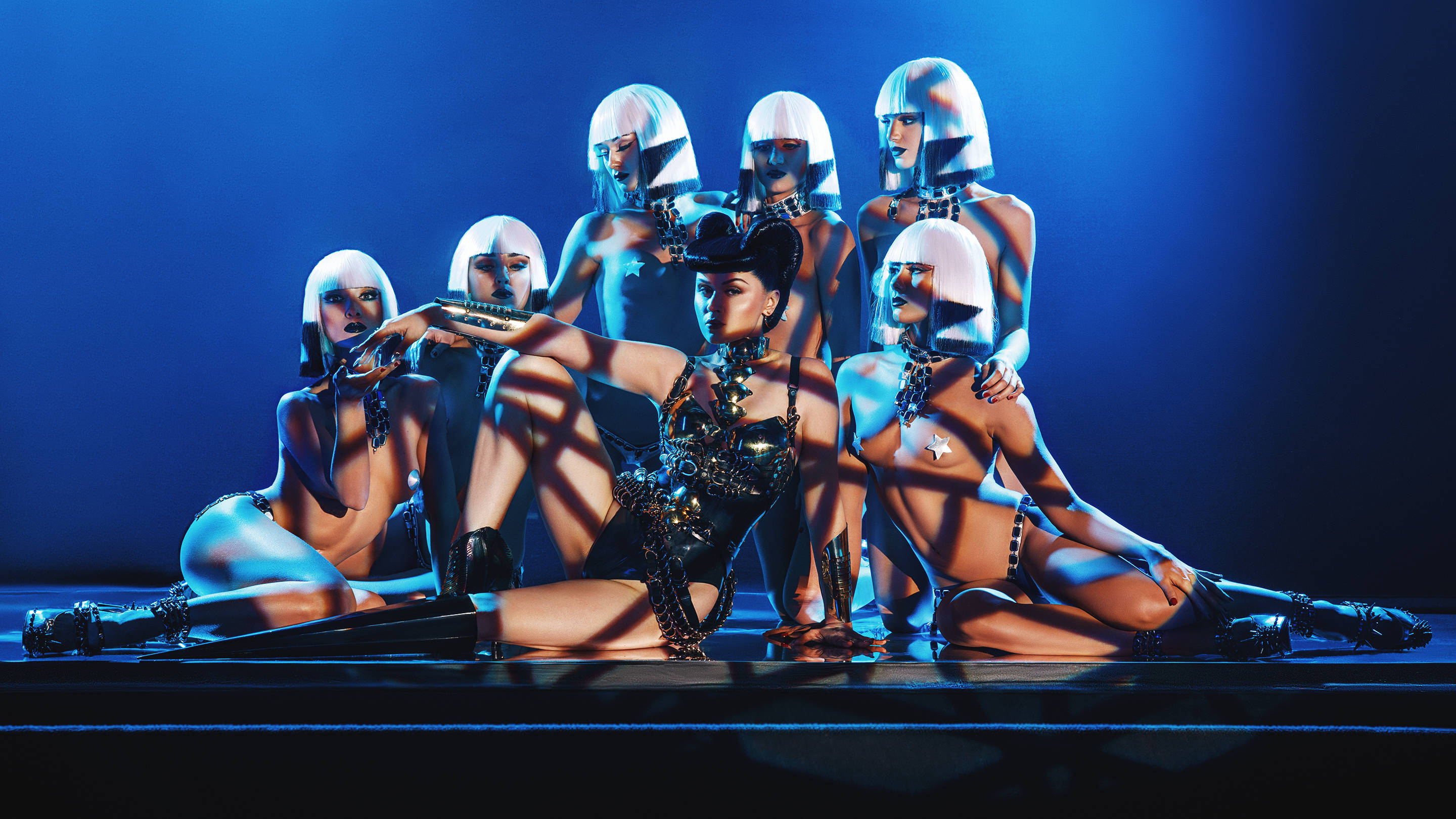
Viktoria Modesta Talks Tech, Disability and 'Bionic Showgirl'
From the legendary Crazy Horse Paris, a performer and futurist makes an indelible mark on burlesque
This weekend, Crazy Horse Paris—the famed burlesque house located a few paces away from a jaw-dropping view of the Eiffel Tower—welcomes guest star Viktoria Modesta, who brings a sharply futuristic flair to the cabaret template. Bionic Showgirl sees the Latvia-born polymath joining forces with the highly flexible Crazy Horse dancers for a three-act performance that might just change the way you think about the human body—its boundaries, its power and its surprisingly sensual relationship to technology.
Playboy met with Modesta after sitting in on a rehearsal earlier this week. The venue was shrouded in red and equipped with dozens of glimmering disco balls. Onstage, Modesta stood within an upright ring flanked by four nearly-nude dancers, the contours of their legs glowing blue. Her bright voice, in conversation with chief creative officer Andrée Deissenberg, expressed sheer focus; her perfectionism was palpable. At one point, the backup dancers cleared the stage and the lights switched to an icy shade of silver, a change accompanied by heavy, animalistic techno. Between flashes of a strobe, the dancers reappeared, a pair of them, Hippy Bang Bang and Etta D’Amour, stepping onto either side of the ring and draping themselves above Modesta. The whole ensemble began to rotate. The Bionic Showgirl, her balance completely unhindered by the increasing speed, stood tall, sexy and completely natural.
The red continued on a pair of velvet love seats inside the office of Crazy Horse founder Alain Bernardin, where we retreated with Modesta and her Pomeranian Kisa. Leaning back, legs casually crossed, she told us her story.
I am a bionic artist, creative director and futurist. I spend my time trying to understand what’s happening in the sciences and seeing if I can bring some of that realness into how we view sci-fi and the future in pop culture.
Crazy Horse is embracing you as a “strikingly different incarnation of the women of tomorrow, free and enriched by technology.” What inspired your love affair with tech?
The way technology is portrayed is really negative most of the time. It bothers me, and it changed for me when I started working with artificial prosthetics because that led me down the path of integrating my body with an artificial part. My experience with technology and the artificial made me think about how much my physical body really represents who I really am. I began asking myself questions like, “How much of me needs to be missing in order for me not to feel like myself?”
After a few initial projects, like the Paralympics closing ceremony, where I performed, and most importantly the “Prototype” video, we were able to really tackle head on social-change issues—with disability, with femininity, with bringing in technology, just totally revamping. It felt like there’s a level of real innovation and education that you can infuse into things that we love the most: music, fashion, content that stimulates you and transports you somewhere. As soon as I scratched this itch, I was like, Wow. This is so cool.
I think science and technology is the closest thing to magic we have.
I’m bringing sci-fi into real life. I think science and technology is the closest thing to magic we have. I find it so human, because if you sit down with somebody working in a lab where they’re literally drawing ideas out of their mind, it might as well be a canvas. It's the same thing, the same creative essence. In my collaborations, I see everyone as an artist with different paints and different brushes trying to assemble the same thing.
Had you considered cabaret performance before Bionic Showgirl?
I think a lot of the progress that has happened to my career has dampened my connection with things that felt more natural to me when I was younger—feeling more expressive in my feminine self and feeling more active as a woman. I started pushing myself further and further away from the cabaret stage because I want to be respected. Then I thought, Wait a minute. Where are these boundaries coming from? Once the Crazy Horse creative director actually got in touch with me, after thinking about if for a minute, I was “Yeah! Wouldn't be amazing to bring everything that I work with to Crazy Horse and dress the entire fantasy scene with amazing dancers and all of the technology that they have?”
Crazy Horse paints their dancers as incredibly strong yet feminine women. How has your perception of femininity and strength changed since your operation?
Until I was 20, I never wore heels or skirts and never did a lot of things that girls did. By the time I was finally able to wear a high-heeled prosthetic, I was a kind of drag queen version of myself because, for all that time, I just felt like more of tomboy. I couldn’t really participate. There was a period of my life, in my early 20s, when I was in ultra femme fatale mode; super feminine. I wore heels every day. Then things started to normalize.
After that very feminine period, once I started really becoming an entrepreneur and put my career in the front seat—I think that process hardened me more than I would have liked, really. I go through phases where, to shield yourself from all the negativity, you also shield yourself from the more sensitive positive feeling.
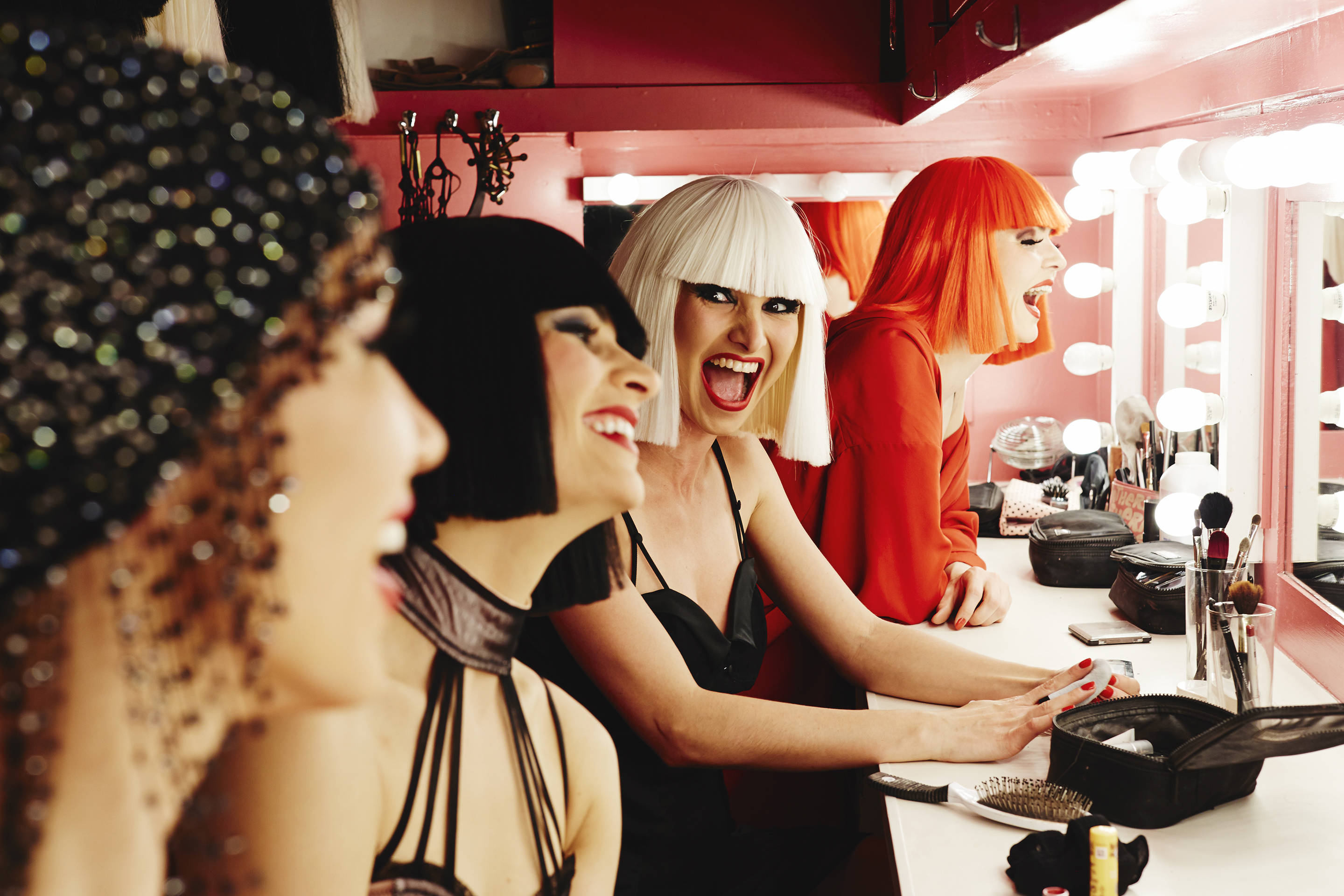

I went through that for a bit. I still do sometimes. At the beginning people were like, “To be a strong woman, you have to be like a man.” The problem I’m finding is that women haven’t fully worked out how to be strong without cutting out things that are very natural, like being emotionally intuitive. I sometimes find myself actively forcing my sensitivity to the side, because it’s viewed as a handicap in a leadership situation. It shouldn’t be like that.
The spike leg that you wear in the show must be one of the least humanoid prosthetics in your collection. Why did you choose it for part of your Crazy Horse performance?
That leg is one of the things I’m most proud of. It was my choice to invest the time and money to create it. I was imagining stilettos or point shoes or spiders—things that can make your skin tingle and crawl. It’s the most powerful silhouette even though you don’t look like a person. With me featured as the Bionic Showgirl, we had to really push that. It’s so cool. You just can’t stop watching it move. It tickles a lot of things in your body.
As the guest star, you’re surrounded by a group of women who have nearly identical body types. Do you think this is an unhealthy representation of what beautiful women should look like?
It’s a tricky one, and a big challenge for a lot of industries right now. I personally haven’t figured it out. I find that some people don’t fit the mold at all, but they have coined their thing so perfectly that it doesn’t matter whether they’re part of that thing or not; they just work. With the internet and everything, it’s an encouragement to just find your thing and develop it and make it awesome, whatever that is. And even though the Crazy Horse situation with the dancers is very strict, I have seen all kinds of different performers that they bring in between the dancers. Some things need to be innovated and made more progressive, and some things just work the way the work.
So how have you found your thing and made it awesome?
I've spent a good portion of my life saying that I want to do fashion things, prosthetic things and singing things, and people’s brains would just shut down. It made no sense at all. I felt really strongly about it. I continued doing it until they were like, “Wow, this is exactly what the world needs right now.”

